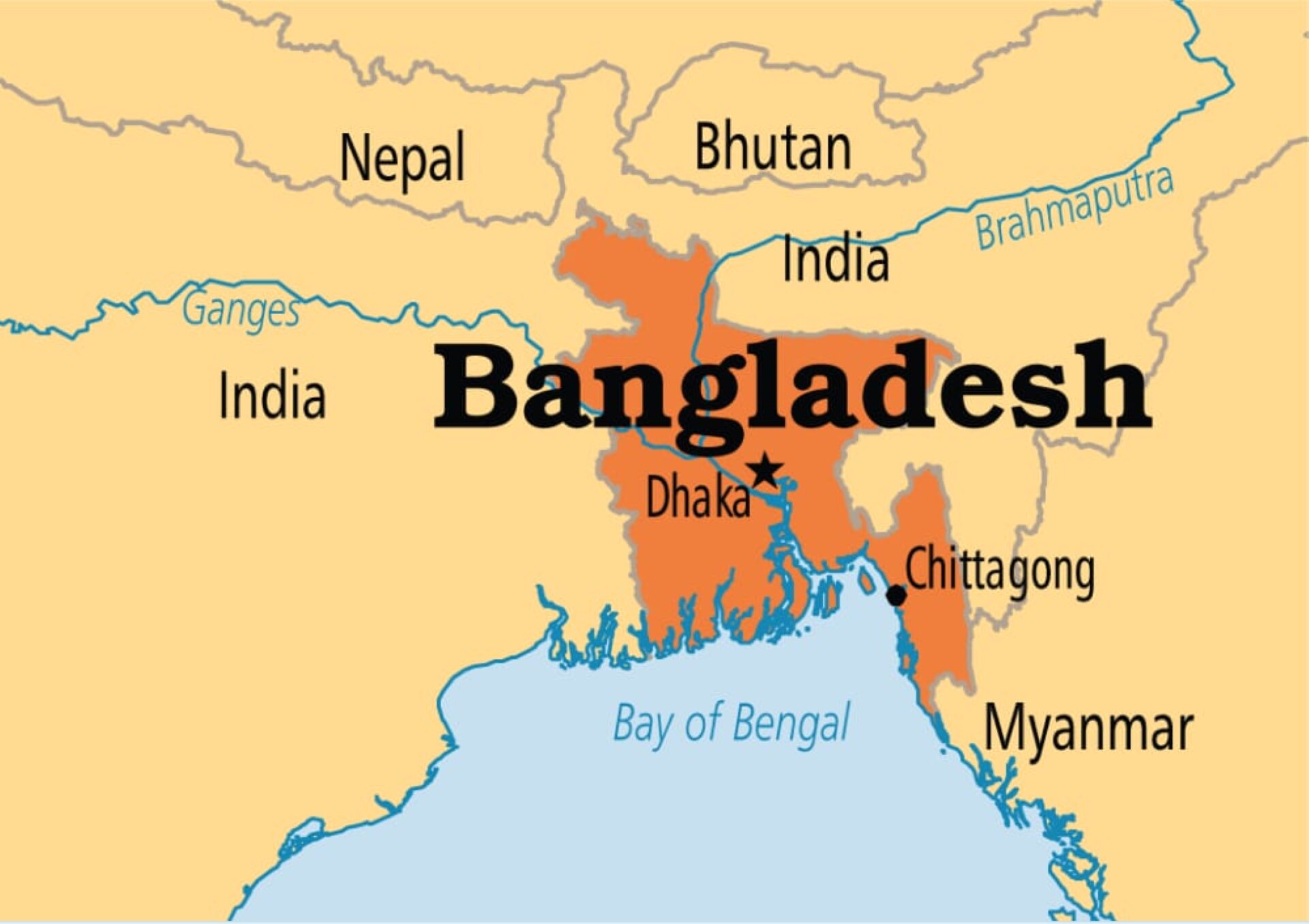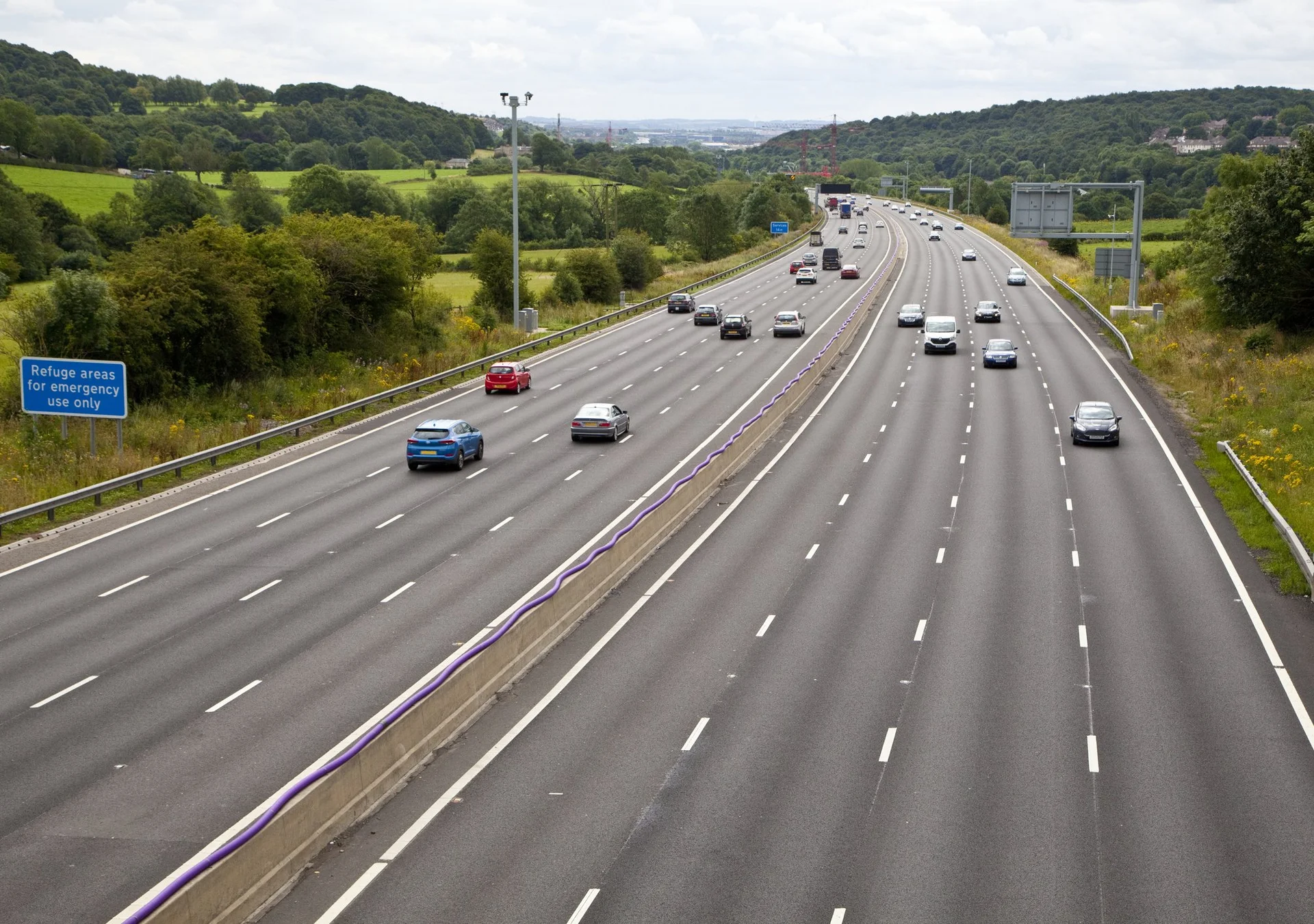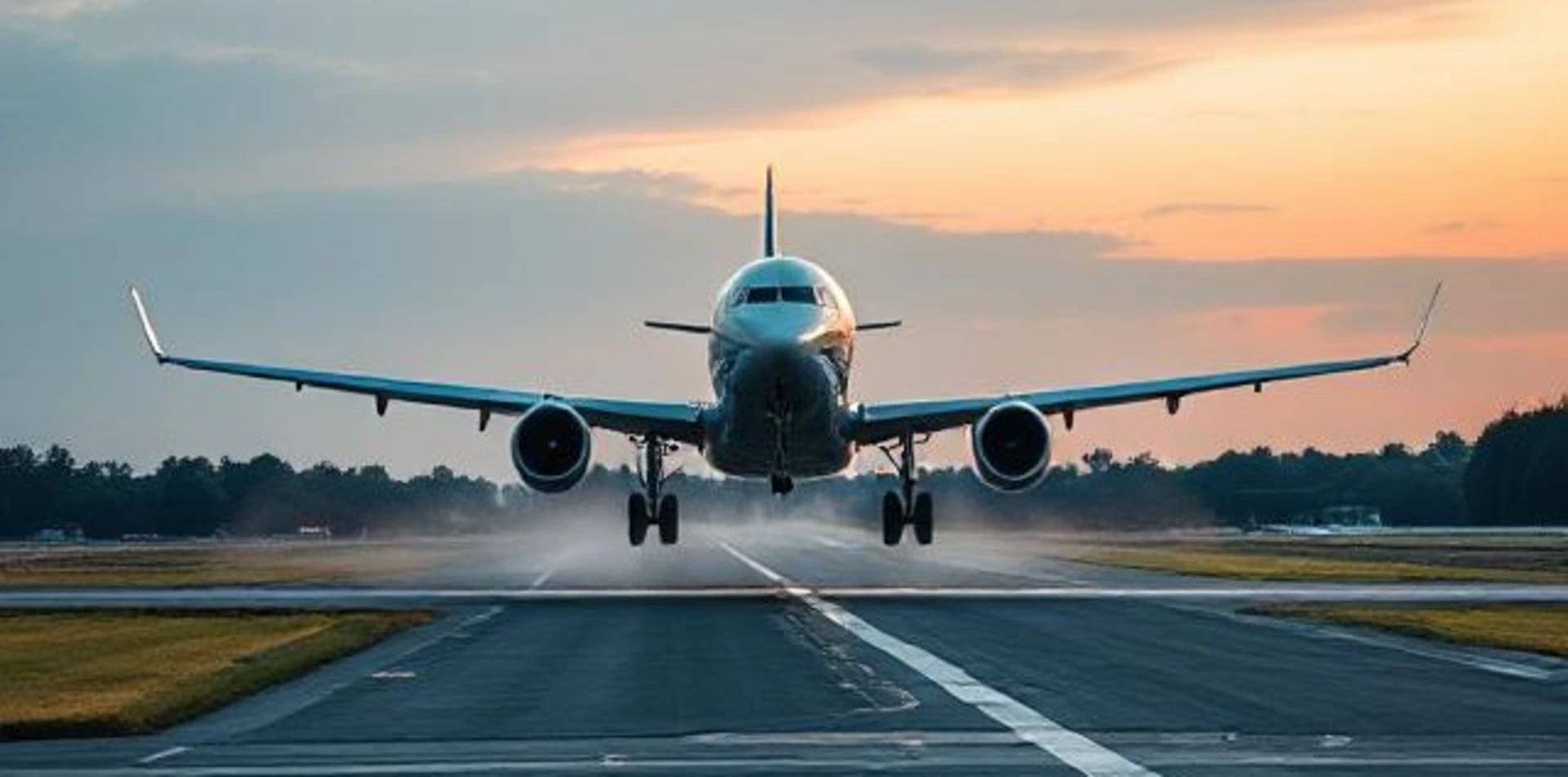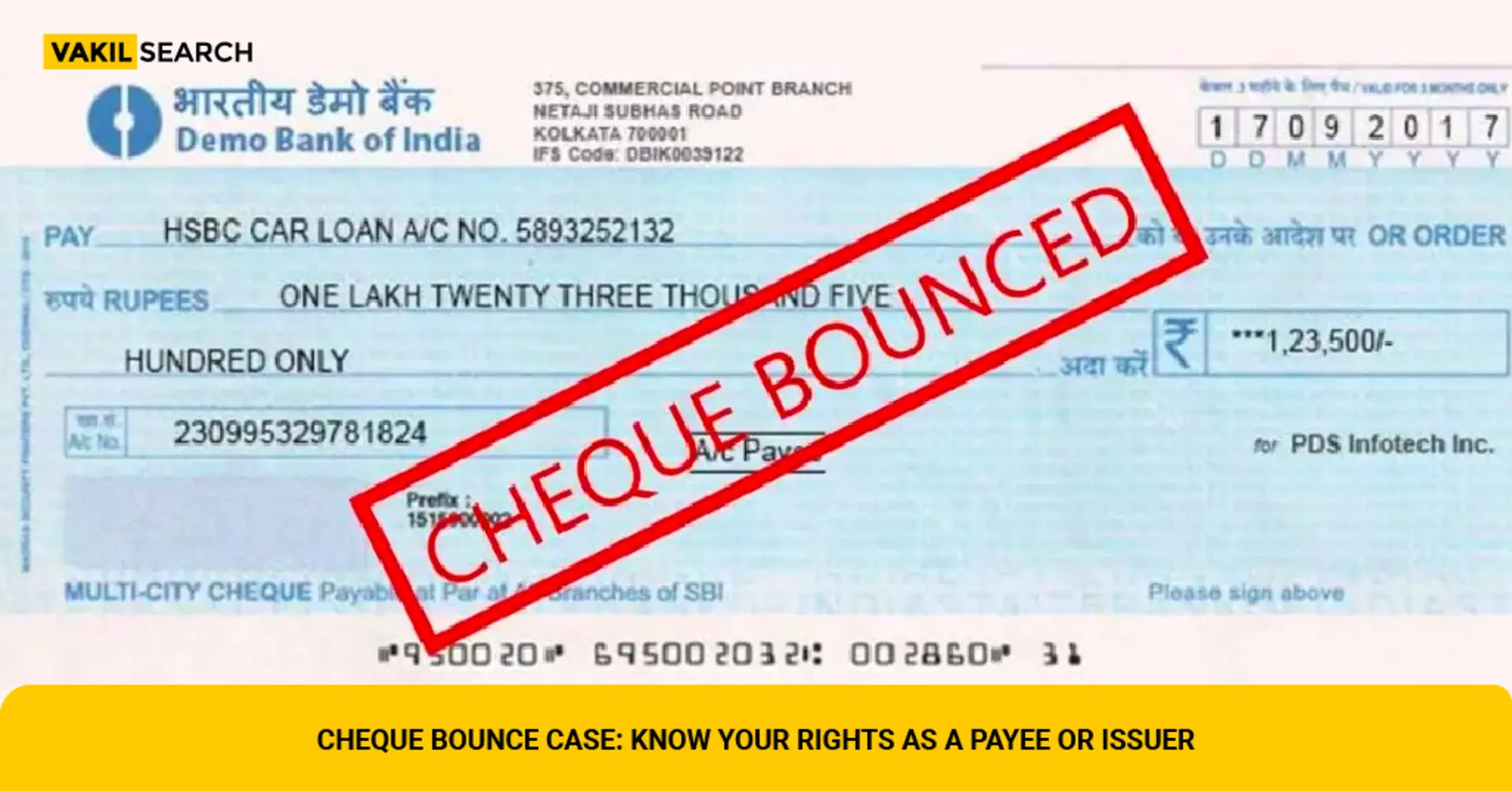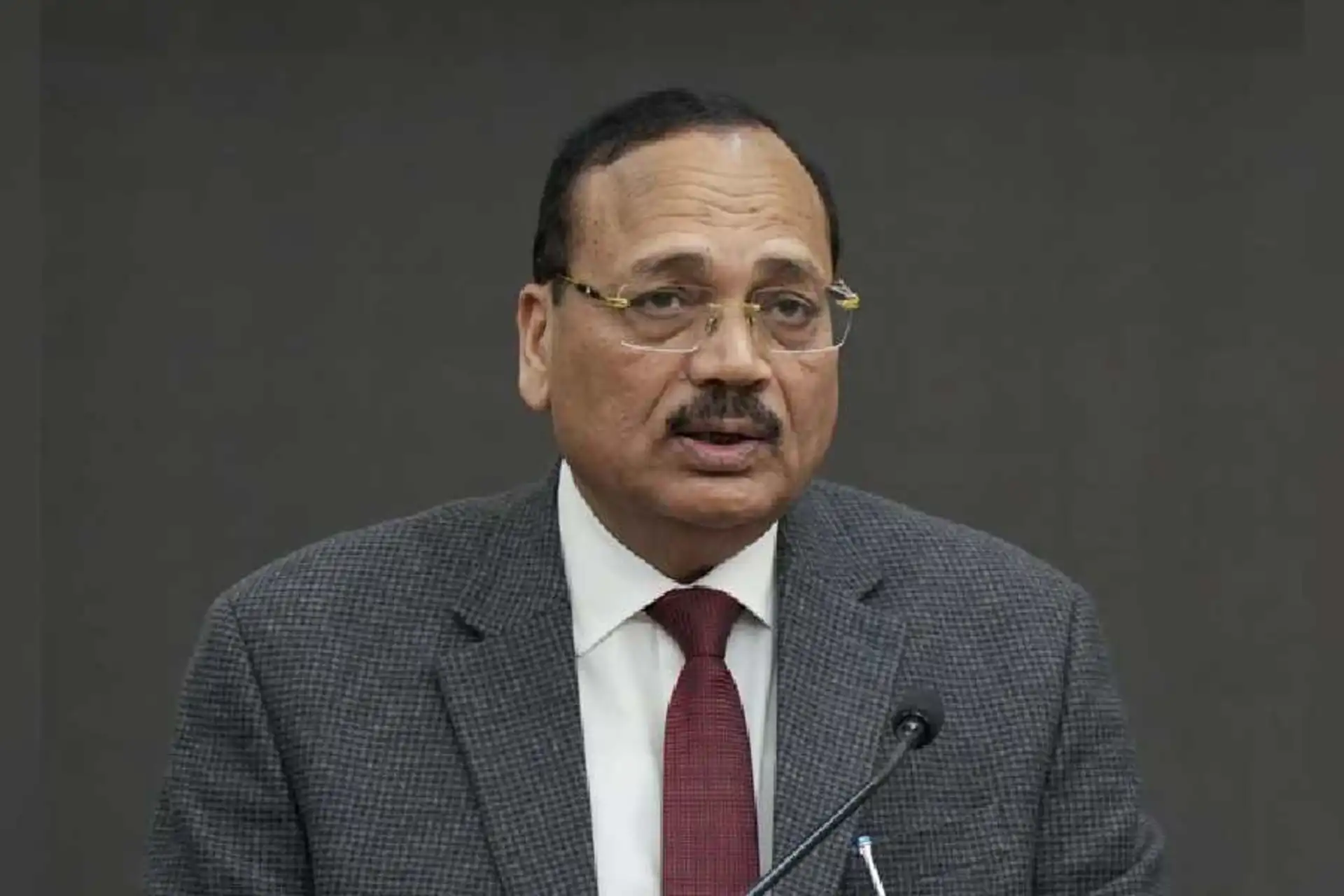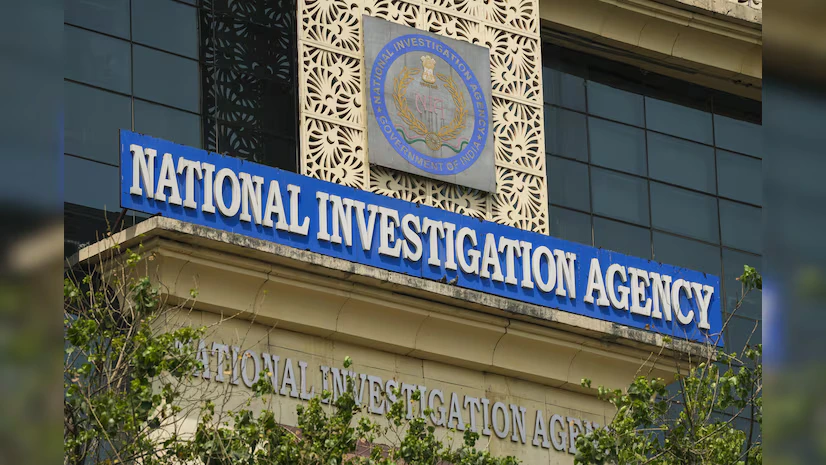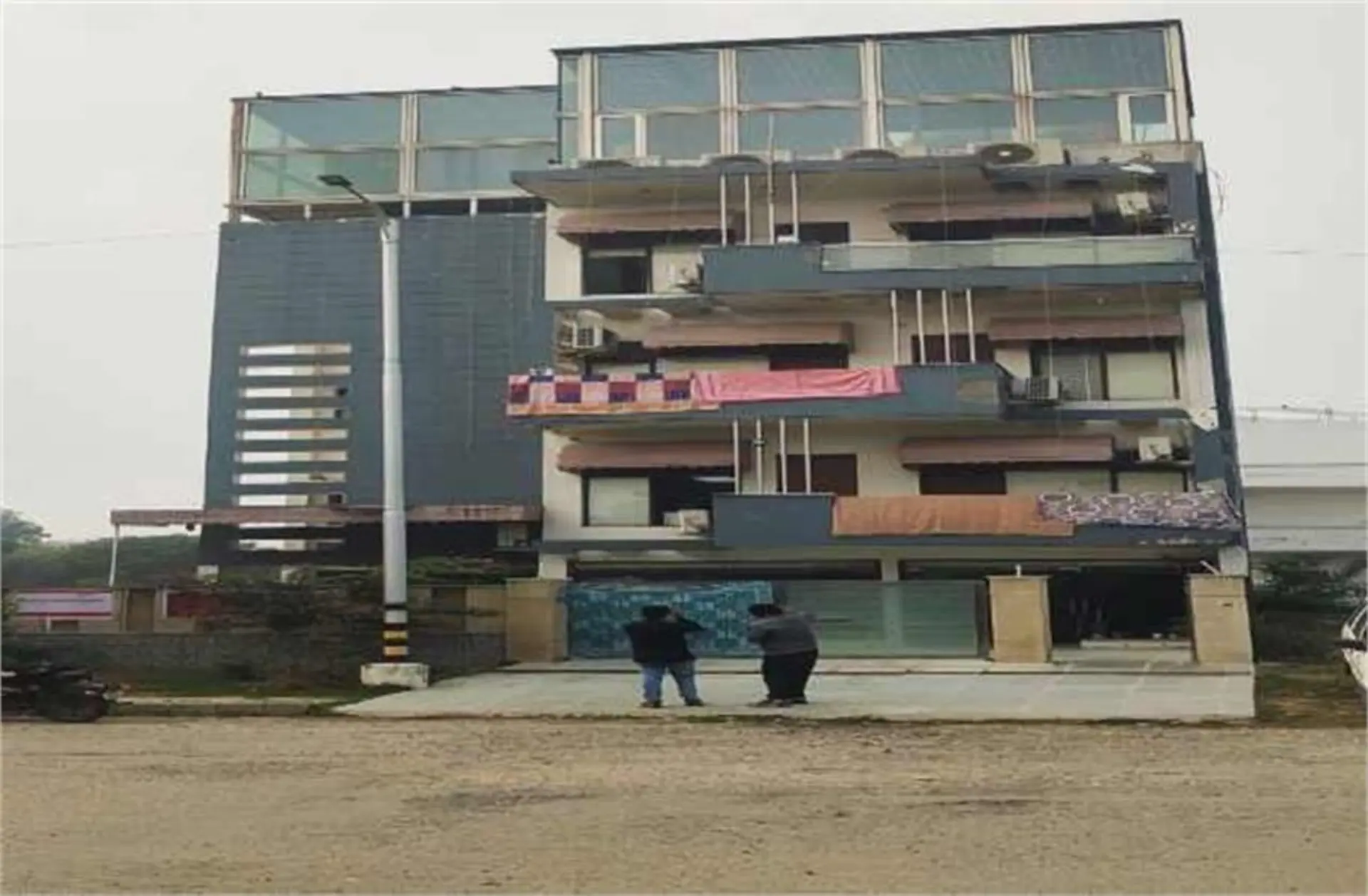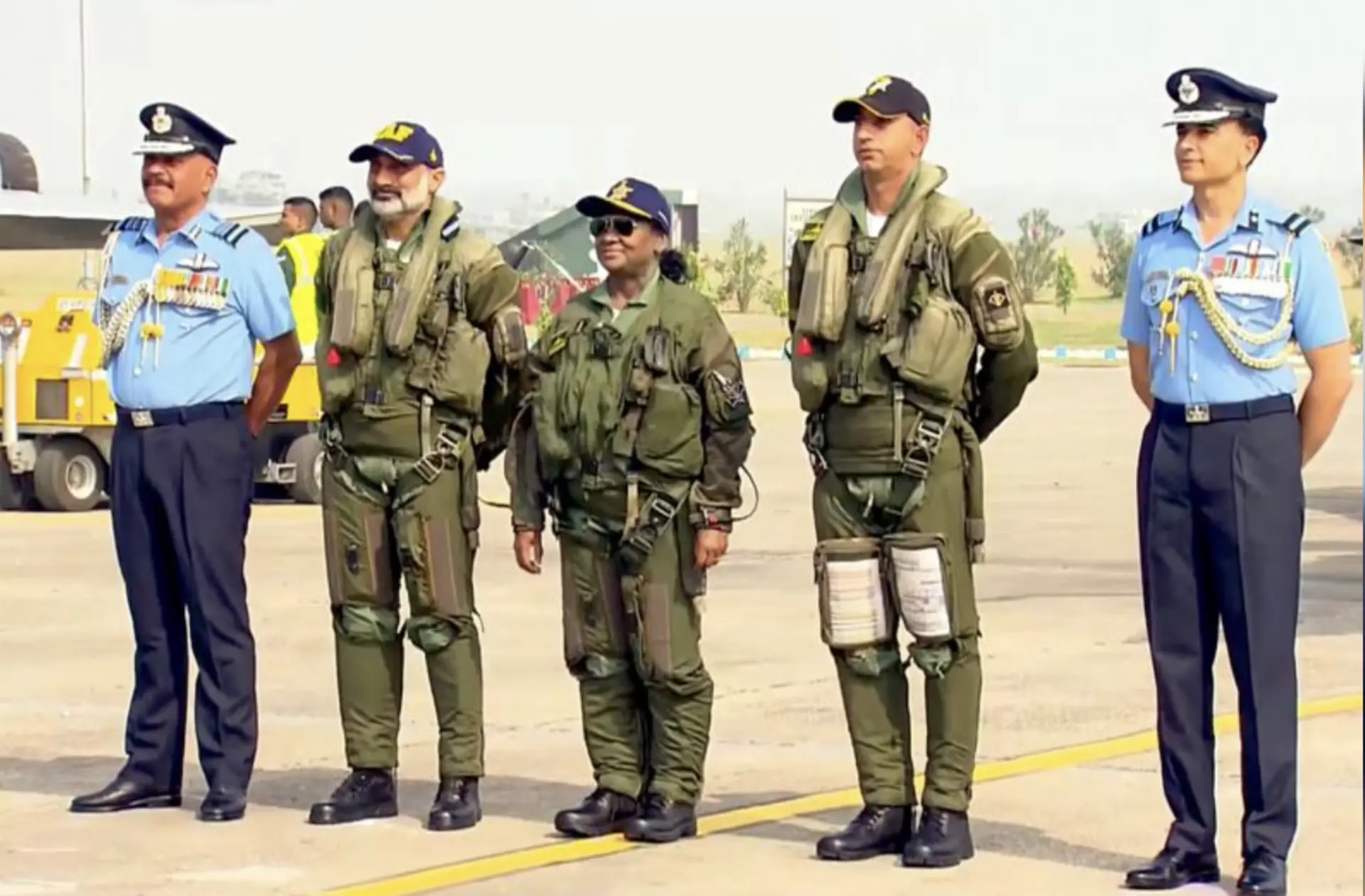
Recently, Bangladesh has been hit with nationwide protests over the controversial reservation move by Sheikh Hasina. Post the start of protests, many Indian students have been coming over to India via the Meghalaya border. With the recent developments, the India-Bangladesh relations are again a point of focus & discussion for geopolitical & security pundits. India-Bangladesh ties are centuries old with roots being in a sense of shared culture, history and of modern day security issues. India-Bangladesh ties have been existent before the formation of Bangladesh. Today’s Bangladesh was an integral part of the then Bengal province, which was the hotbed of Indian nationalism in the 19th and 20th century.
Bangladesh’s history changed post India’s partition in 1947. Bangladesh saw massive protests in the 1950s and 1960s,for recognition of Bengali as an official language, which led to Operation Searchlight which maimed people leading to huge refugee influx in the nation. Since the time of partition, refugees have remained a contentious issue between the nation. Apart from this, India-Bangladesh have improved ties enormously primarily due to the successful involvement by the Indian Army in the 1971 war, which led to the formation of Bangladesh as a nation. Indian army officers are highly respected in Bangladesh, with the former Bangladesh foreign minister attending the funeral of Field Marshal Sam Manekshaw in 2006.
Bangladesh and India have had a common commitment towards democracy which can be gauged by the fact that, since 1982, both countries have been considered as stable democracies in South Asia. Bangladesh PM Sheikh Hasina was also invited to the oath taking ceremony of PM Narendra Modi in June this year, apart from visiting India in events such as G-20, Voice of Global South etc. Bangladesh is equally crucial for India’s security architecture, as, any happening in Bangladesh has the potential to affect peace & harmony in Indian states of West Bengal, Assam, Manipur, Tripura and Meghalaya, which share a direct border with Bangladesh.
Bangladesh and India share very close economic ties. The Chittagong Port of Bangladesh is operated by India as a transhipment hub, in addition to India being the second largest trade partner for Bangladesh. Likewise, Bangladesh is India’s largest market in the subcontinent. Bangladesh is also using Indian Rupee for bilateral trade transactions, in addition to cooperation in agricultural research and various other financial incentives between the nations.
Areas such as Petrapole are important land and border crossing areas, which facilitate smooth passenger movement between India and Bangladesh as well. There are multiple infrastructure projects as well that are ongoing, between India and Bangladesh such as the Akhaura-Agartala Rail Link and Khulna-Mongla Port Rail Link which are important aspects of India’s regional economy and Bangladesh’s economic structure as a whole. India in the last 8 years, has extended credit lines of 8 billion$ for development of infrastructure in Bangladesh at large. These infrastructure projects based cooperation between India and Bangladesh, play a crucial role in India’s infrastructure story at large.
India and Bangladesh have historically & currently have enjoyed close socio-cultural ties, however there are some serious challenges that need to be addressed as well. The virtual boycott of Bangladesh by the Western world creates pressure on India whenever any untoward event occurs in Bangladesh, there has to be some solution that must be found out by both nations for greater peace in the region.
Second, Bangladesh has a poor track record when it comes to protecting ethnic rights of the minorities including Hindus & Christians, both of whom are crucial part of India’s societal fabric. Third, the rise of terrorism in Bangladesh coupled with illegal immigration leads to serious security & political implications in the country. Fourth, Bangladesh has been facing an economic downturn since the last couple of years, which also needs to be sorted out for mending the ties between the natural allies.
ABOUT THE AUTHOR- Srikar Srivatsa Dahagam is an incoming student of MA International Economics at the Graduate Institute of International & Development Studies, Geneva.



